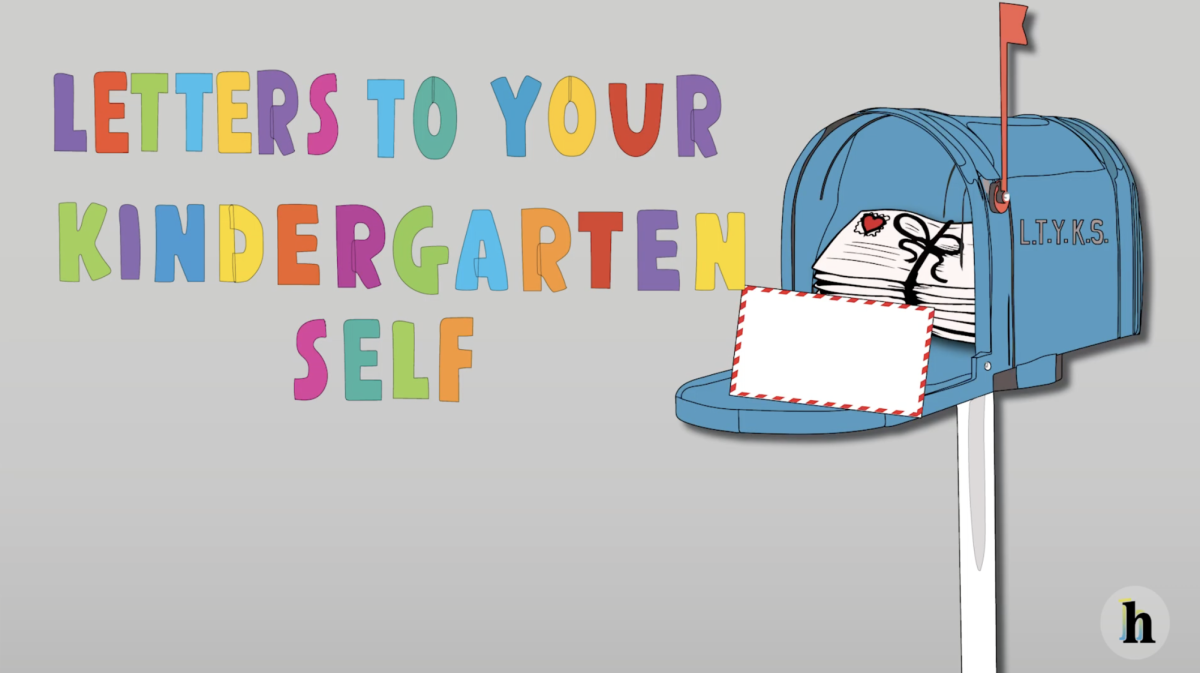For whatever reason, there seems to be an inherent stigma around graphic novels. Like most kids, I grew up reading a lot in school, from elementary novels like Charlotte’s Web to classic literature like Fahrenheit 451. It’s only now I look back and realize that I’ve never had a teacher hand me a graphic novel to read for an assignment.
For years, graphic novels have sat on the sidelines of education, labeled as easy or light reading. Students even have to ask their teachers whether or not they are permitted to read them in the classroom because some educators don’t consider them to be “real books.” This has become an unfortunate commonplace in learning environments. Many don’t seem to realize the potential graphic novels have as unique and valuable tools in the classroom, even in higher education.
A lot of elementary kids aren’t too keen on reading literature. Though I love to read now, I also used to struggle with sitting still to read long, clunky boxes of text, so graphic novels fascinated me. In my case, I was completely enamored by Raina Telgemeier’s colorful and humorous comic books like Smile and Sisters. For younger students, graphic novels offer a unique blend of rich, vibrant art and compelling stories. It’s a way to get students who, to put it plainly, don’t like to read to get excited about it. This combination of text and illustration could very well be a highly effective method at encouraging students to explore reading with more ease, especially for those who might have learning disabilities. It could even be a great tool for young students who are just learning English by breaking down larger bodies of text and pairing them with illustrations.

Though they are often criticized for limiting imagination, graphic novels present a unique way of digesting stories and literature that even traditional novels might not offer. In a world where video and multimedia has become increasingly more prominent, visual literacy is just as important as understanding text and words.
The potential for graphic novels to be utilized in school settings doesn’t stop in the early years. Unfortunately, comic books are often grouped with the picture books we all read when we were just kindergartners or preschoolers, leading to an association with childishness, immaturity and shallow storytelling.
However, this couldn’t be farther from the truth. No different from traditional literature, graphic novels aren’t just one genre and cover a much wider range of topics than just light-hearted, entertaining stories. Books like Maus by Art Spiegelman, which details the experience of a Polish Jew during the Holocaust, and American Born Chinese by Gene Yang, which tells the journey of personal transformation of a Chinese immigrant family, address difficult, thought-provoking topics of identity and social justice.
It’s time for teachers and educators to truly start considering implementing graphic novels into their learning curriculums. For far too long, graphic novels have been stigmatized as being unfit for school environments, when really all that the genre is is just another way of telling a story through visual elements. With the right execution, graphic novels can become an incredible educational tool for students of all ages.
The views in this column do not necessarily reflect the views of the HiLite staff. Reach Catherine Guo at cguo@hilite.org





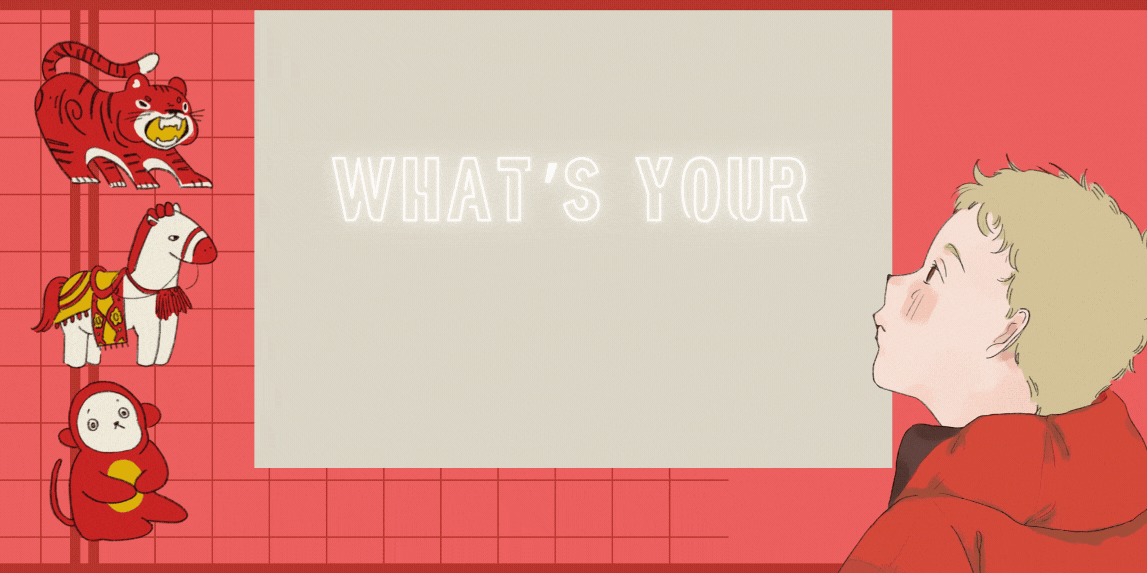










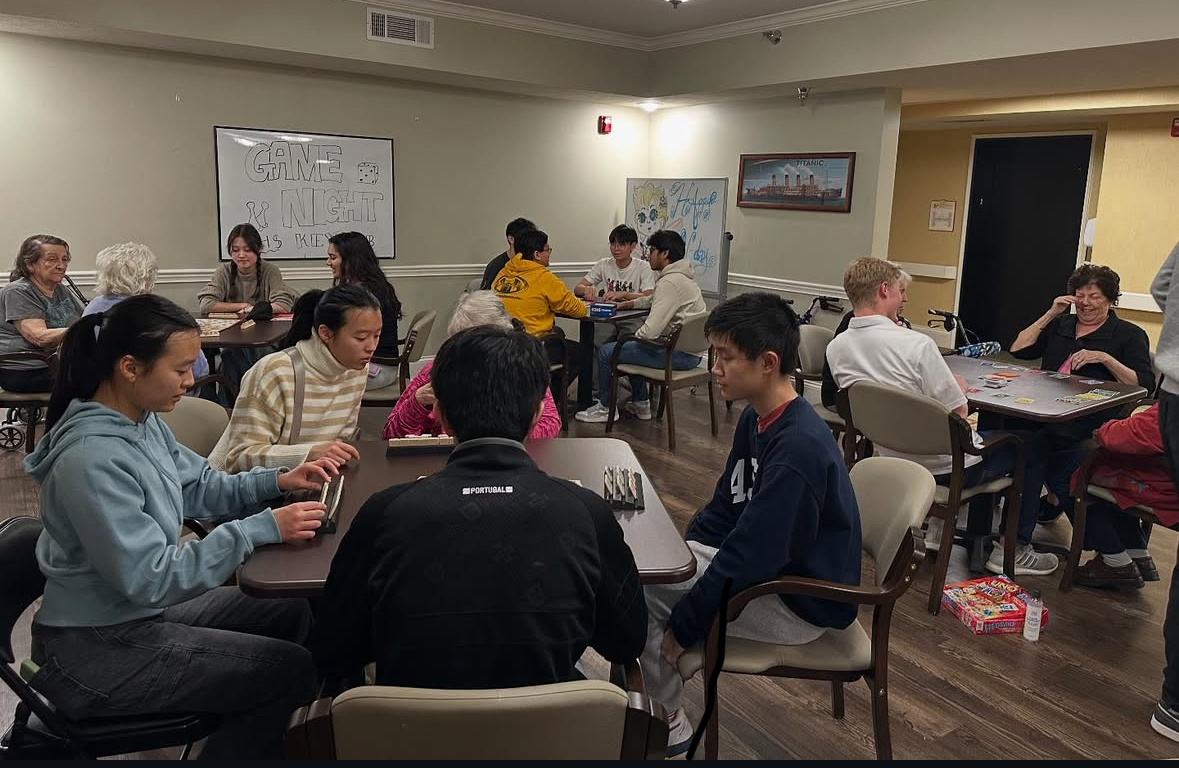




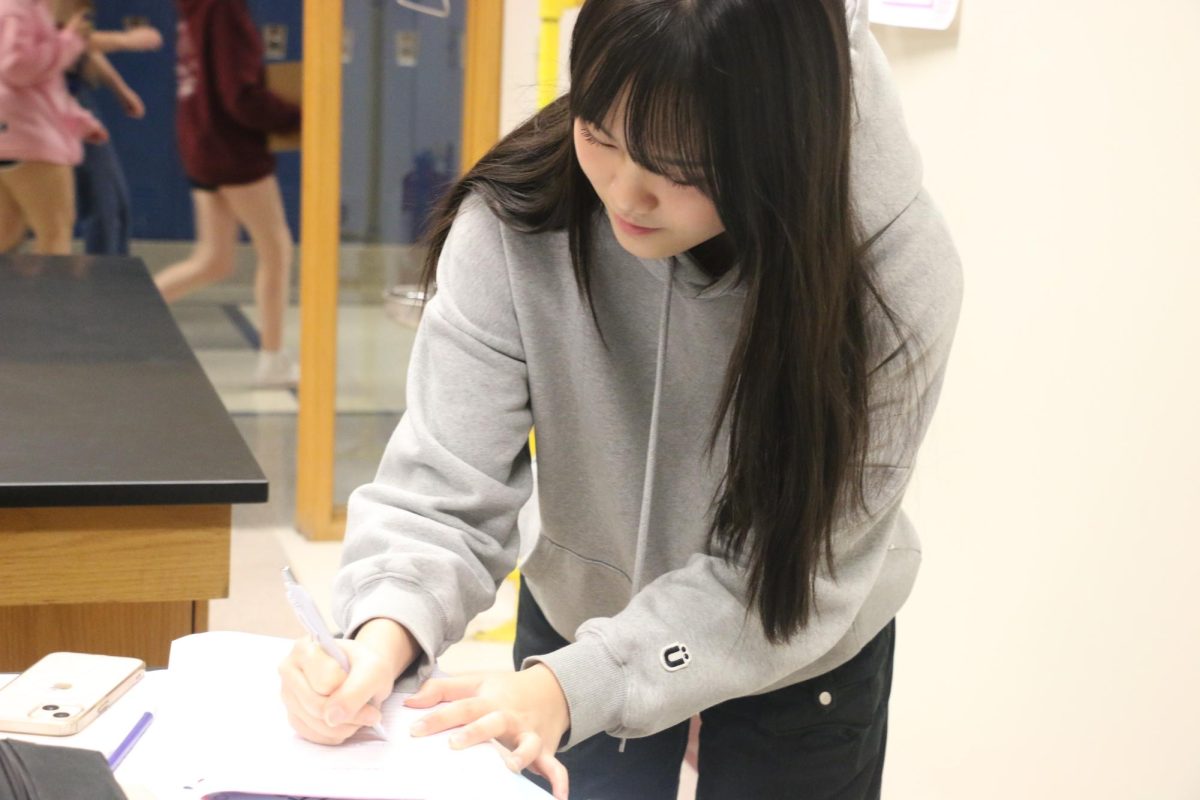











![AI in films like "The Brutalist" is convenient, but shouldn’t take priority [opinion]](https://hilite.org/wp-content/uploads/2025/02/catherine-cover-1200x471.jpg)
















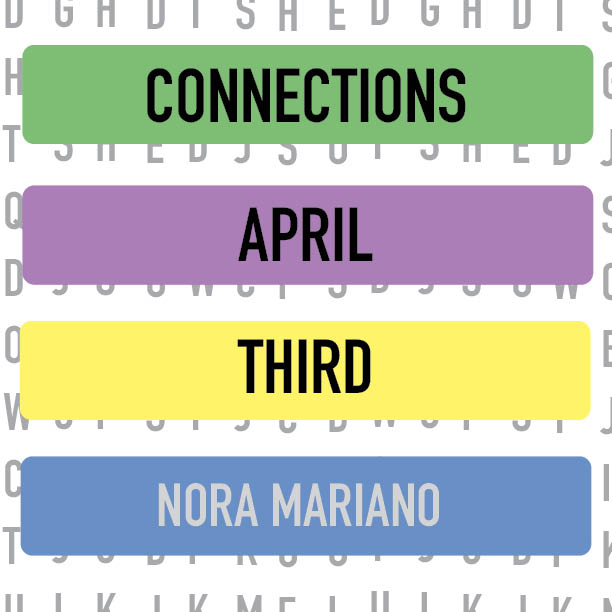
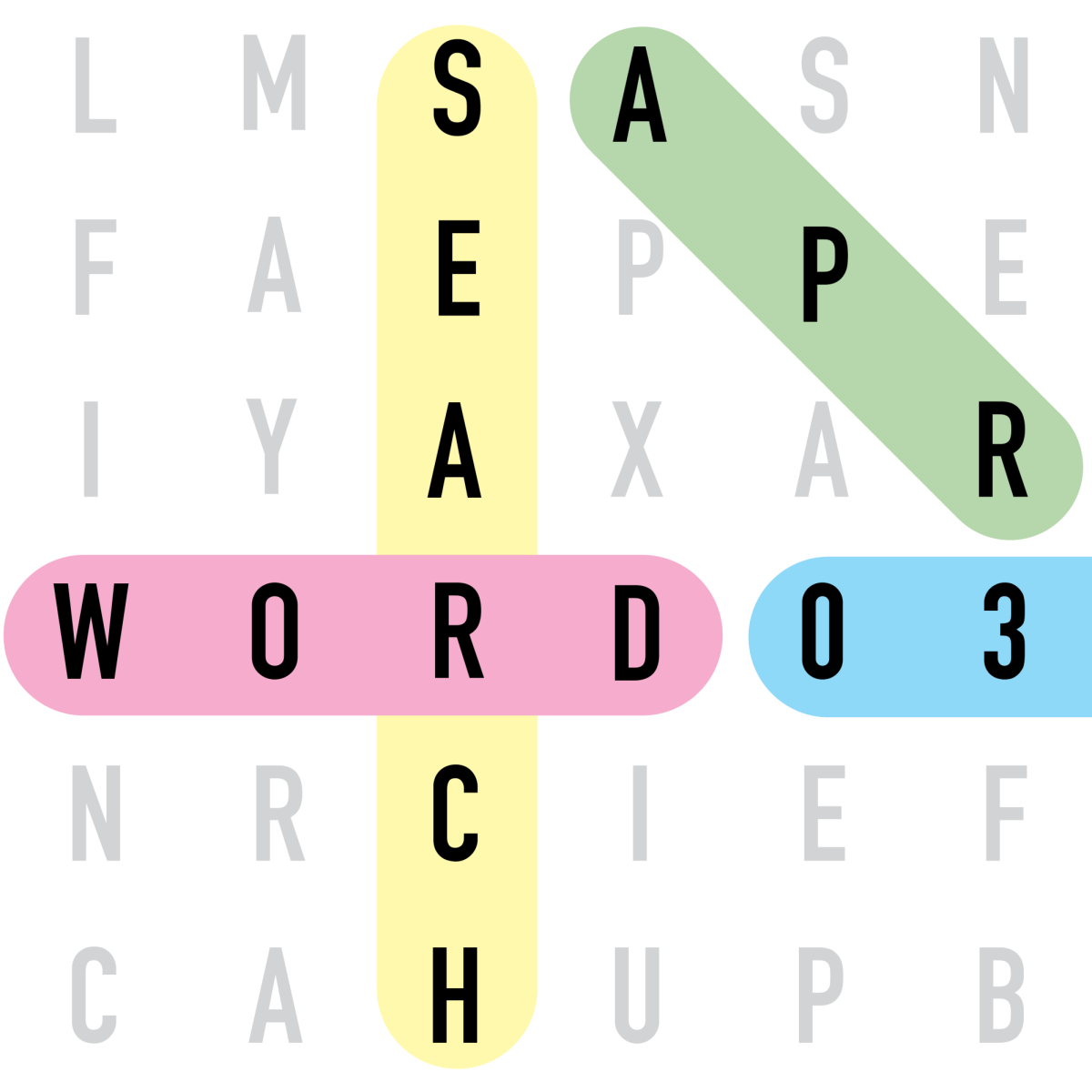



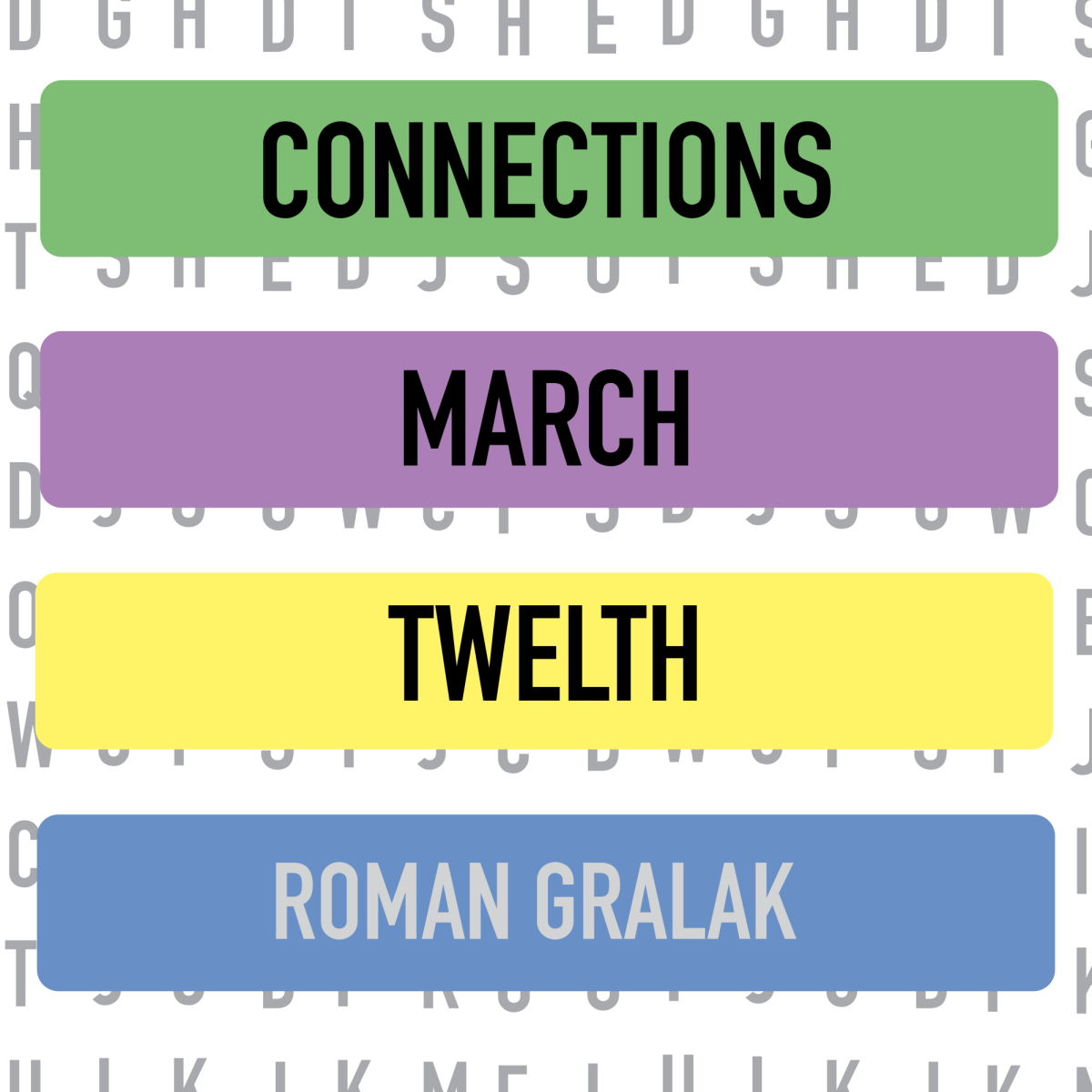
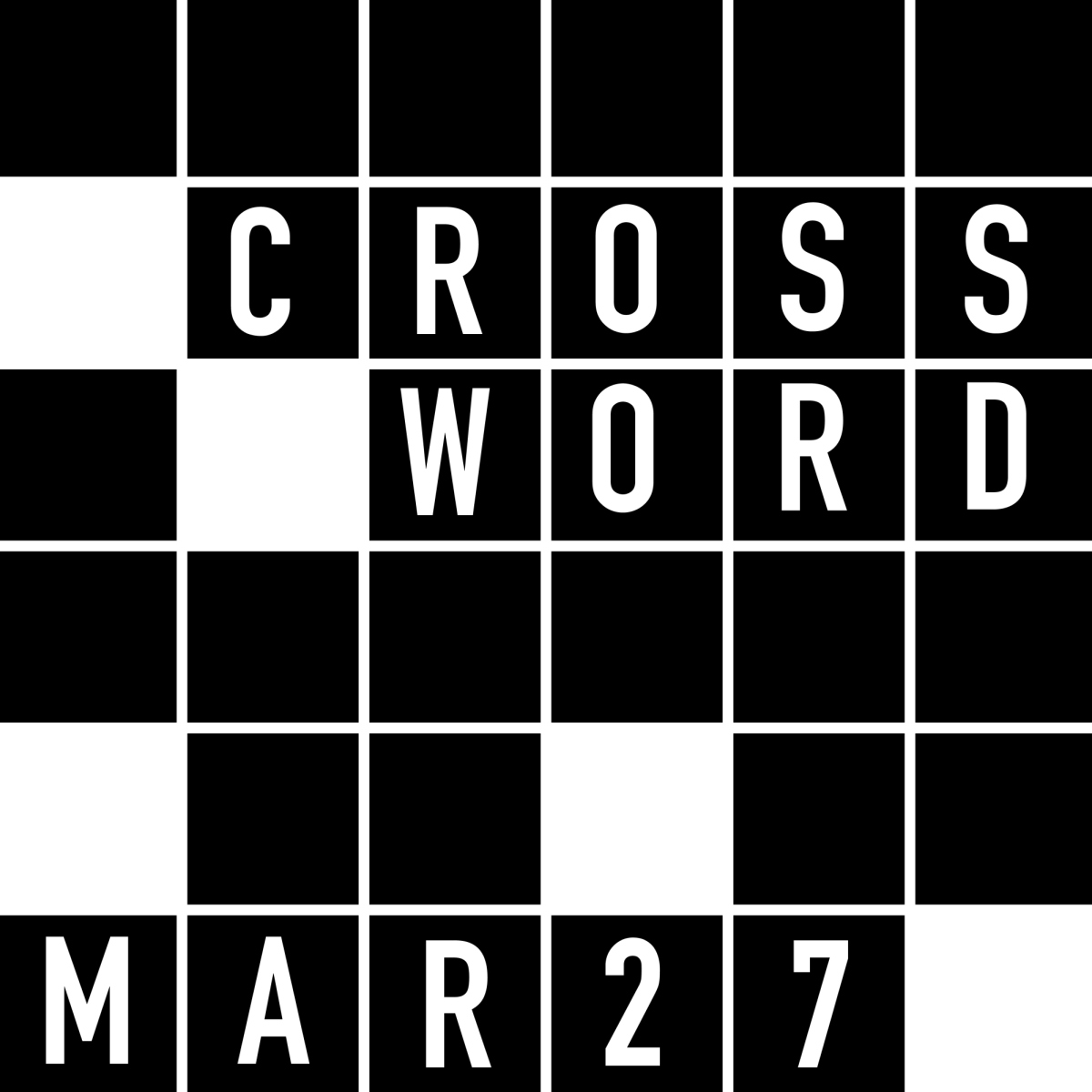


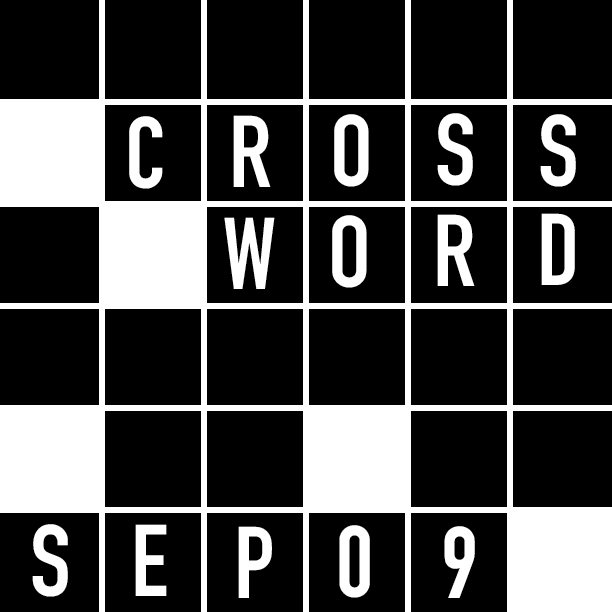







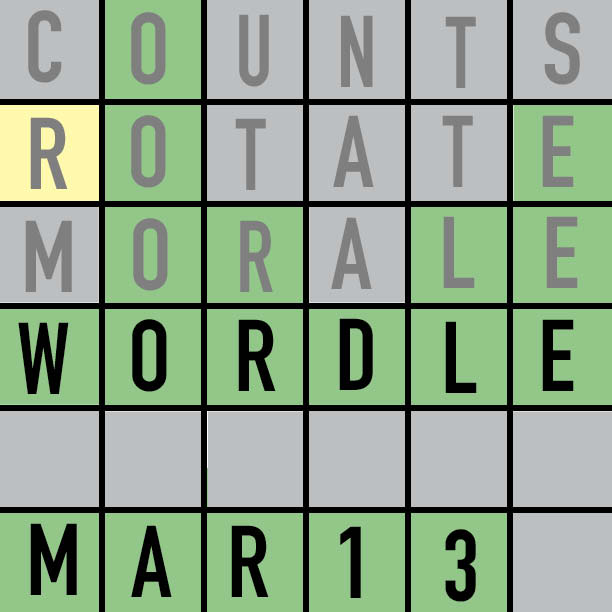







![Review: “The Immortal Soul Salvage Yard:” A criminally underrated poetry collection [MUSE]](https://hilite.org/wp-content/uploads/2025/03/71cju6TvqmL._AC_UF10001000_QL80_.jpg)
![Review: "Dog Man" is Unapologetically Chaotic [MUSE]](https://hilite.org/wp-content/uploads/2025/03/dogman-1200x700.jpg)
![Review: "Ne Zha 2": The WeChat family reunion I didn’t know I needed [MUSE]](https://hilite.org/wp-content/uploads/2025/03/unnamed-4.png)
![Review in Print: Maripaz Villar brings a delightfully unique style to the world of WEBTOON [MUSE]](https://hilite.org/wp-content/uploads/2023/12/maripazcover-1200x960.jpg)
![Review: “The Sword of Kaigen” is a masterpiece [MUSE]](https://hilite.org/wp-content/uploads/2023/11/Screenshot-2023-11-26-201051.png)
![Review: Gateron Oil Kings, great linear switches, okay price [MUSE]](https://hilite.org/wp-content/uploads/2023/11/Screenshot-2023-11-26-200553.png)
![Review: “A Haunting in Venice” is a significant improvement from other Agatha Christie adaptations [MUSE]](https://hilite.org/wp-content/uploads/2023/11/e7ee2938a6d422669771bce6d8088521.jpg)
![Review: A Thanksgiving story from elementary school, still just as interesting [MUSE]](https://hilite.org/wp-content/uploads/2023/11/Screenshot-2023-11-26-195514-987x1200.png)
![Review: "When I Fly Towards You", cute, uplifting youth drama [MUSE]](https://hilite.org/wp-content/uploads/2023/09/When-I-Fly-Towards-You-Chinese-drama.png)
![Postcards from Muse: Hawaii Travel Diary [MUSE]](https://hilite.org/wp-content/uploads/2023/09/My-project-1-1200x1200.jpg)
![Review: "Ladybug & Cat Noir: The Movie," departure from original show [MUSE]](https://hilite.org/wp-content/uploads/2023/09/Ladybug__Cat_Noir_-_The_Movie_poster.jpg)
![Review in Print: "Hidden Love" is the cute, uplifting drama everyone needs [MUSE]](https://hilite.org/wp-content/uploads/2023/09/hiddenlovecover-e1693597208225-1030x1200.png)
![Review in Print: "Heartstopper" is the heartwarming queer romance we all need [MUSE]](https://hilite.org/wp-content/uploads/2023/08/museheartstoppercover-1200x654.png)

